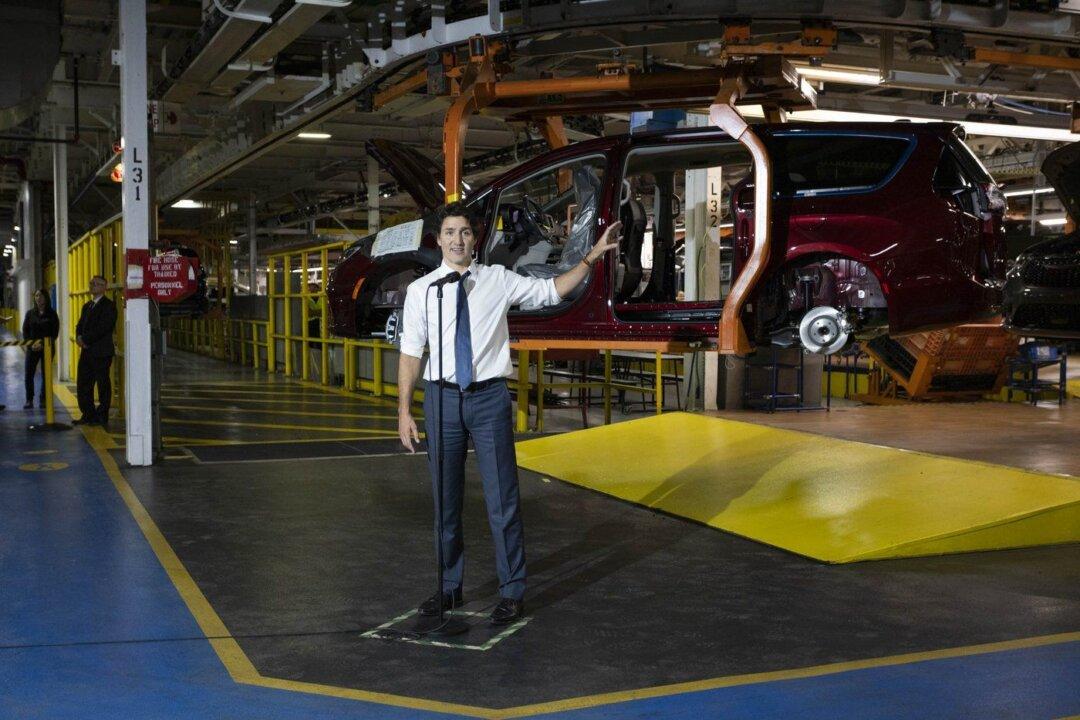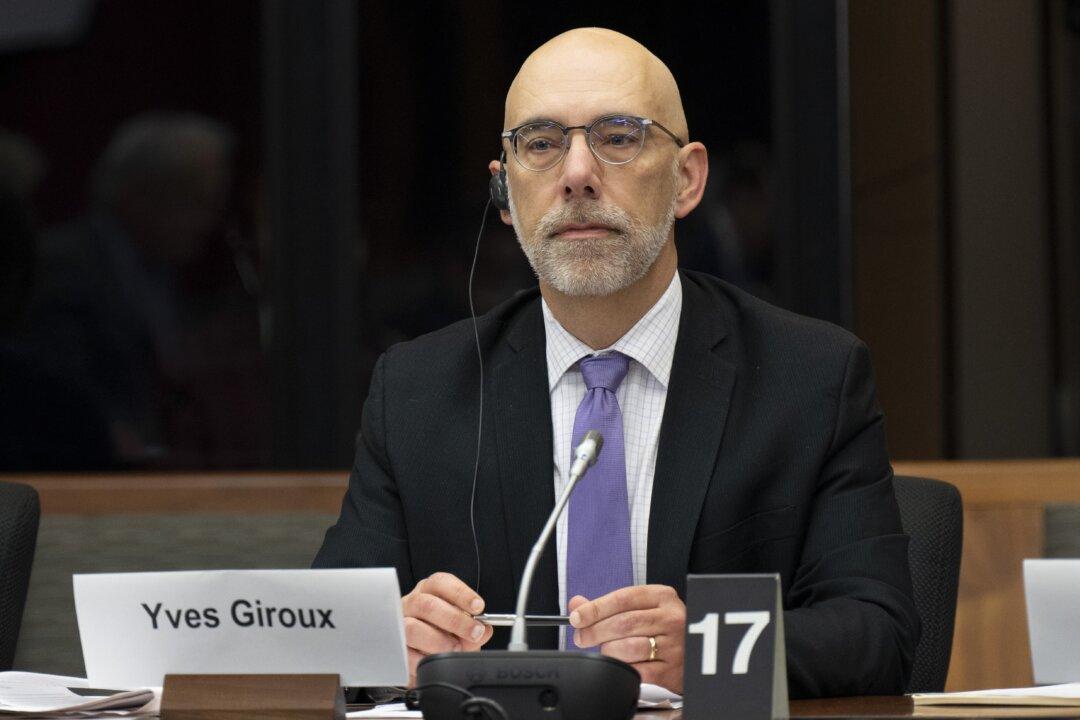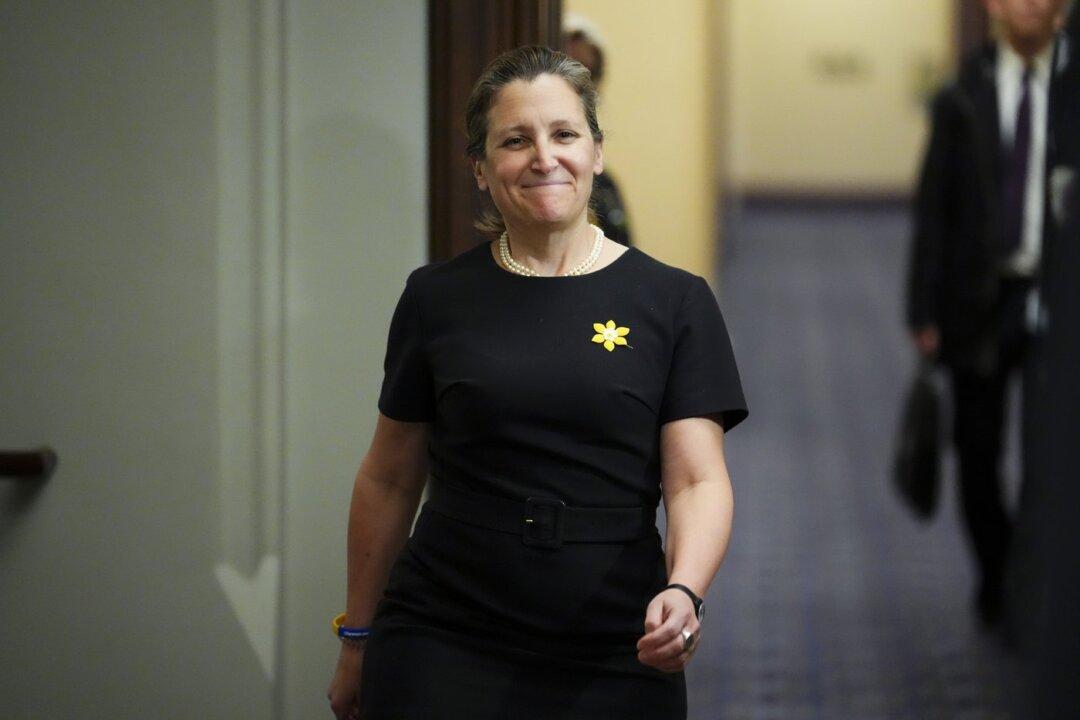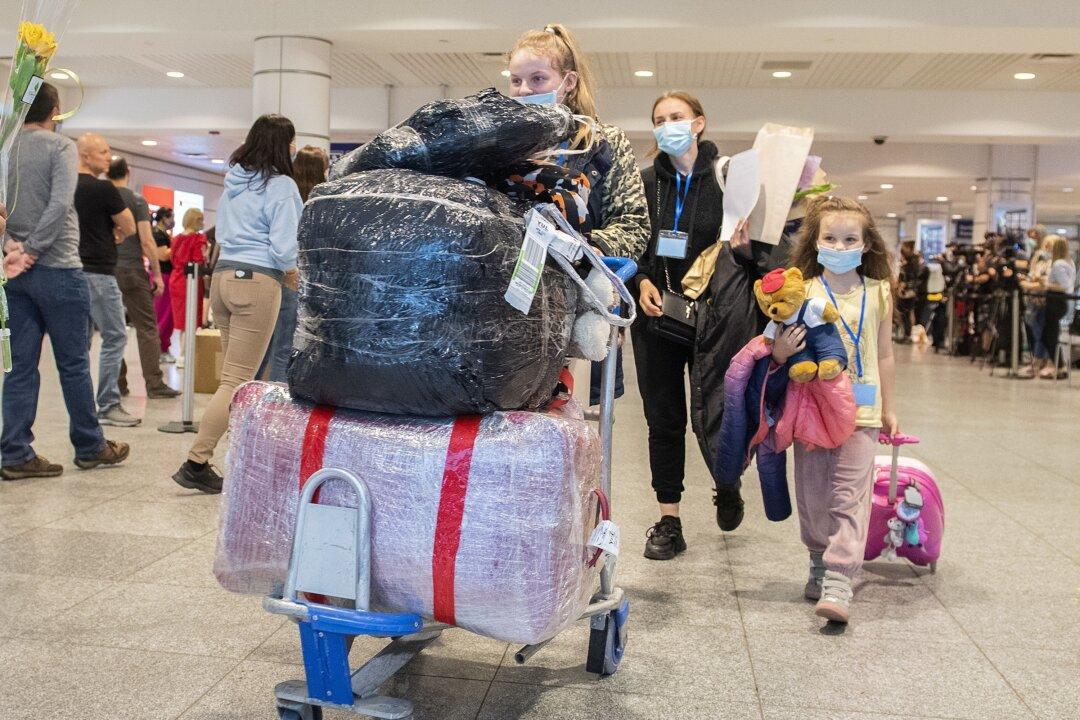With the recent announcement that Stellantis and LG Energy Solution will be moving forward in building their electric vehicle (EV) battery plant in Windsor, Ont., following a financing deal with Ottawa and the Ontario government, there are now plans for two large EV battery plants to be built in the province, both of which have received significant government funding.
The federal government first announced in March that PowerCo, which is a subsidiary company of Volkswagen, would be building the European auto giant’s first overseas battery cell plant in St. Thomas, Ont., after receiving a number of subsidies from Ottawa.





